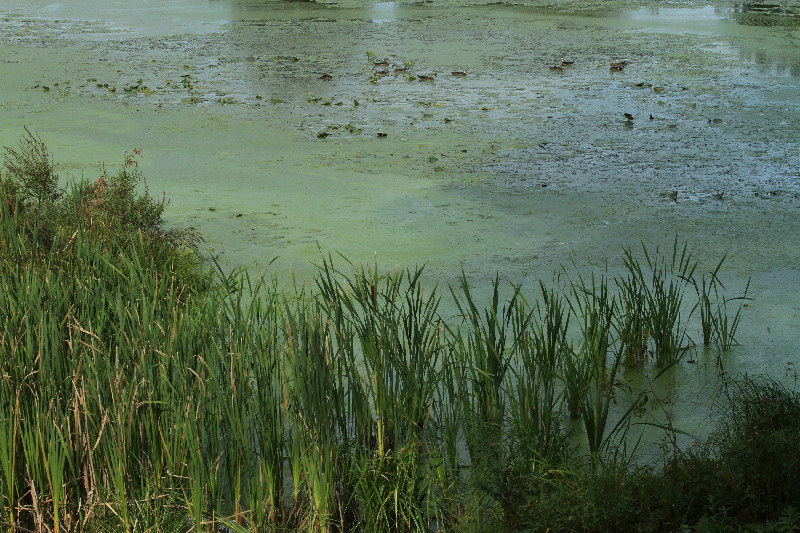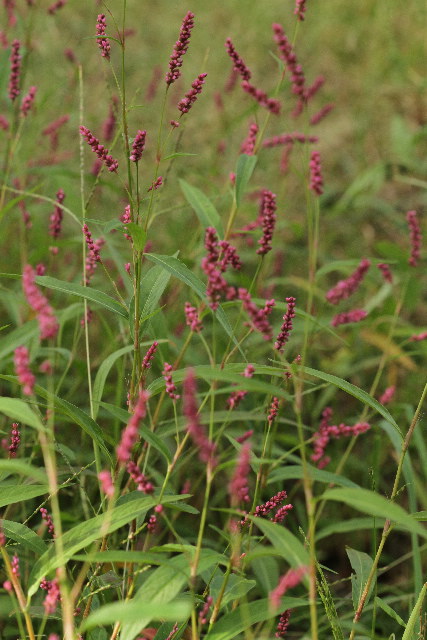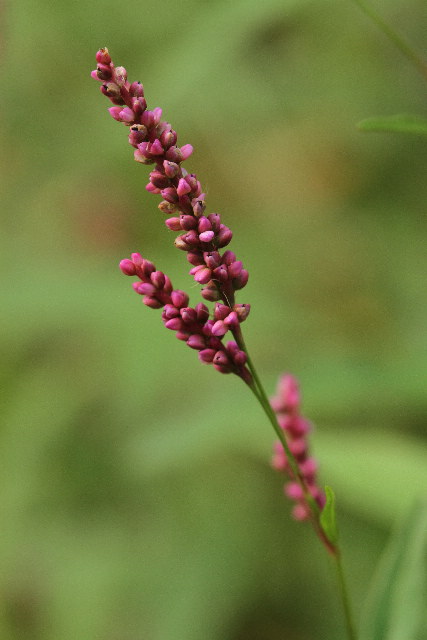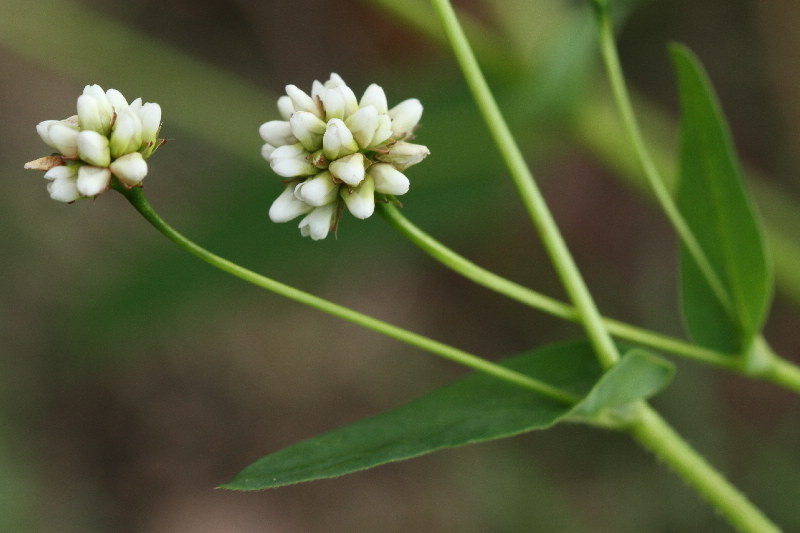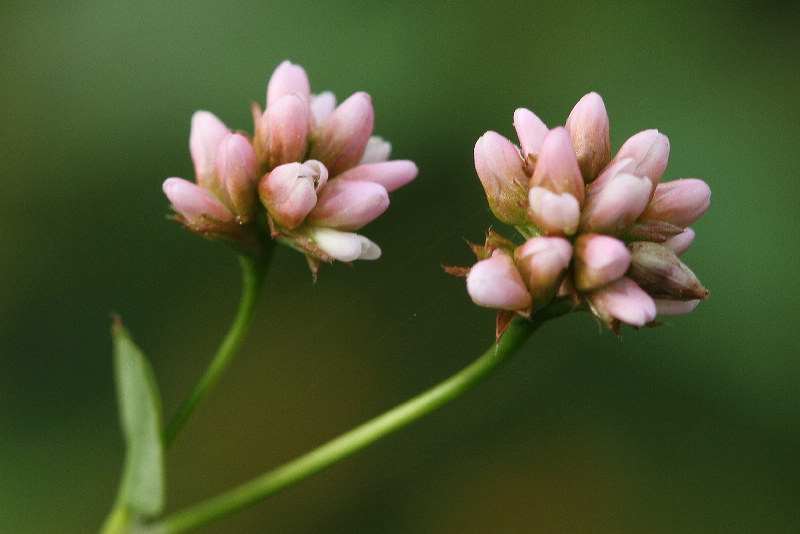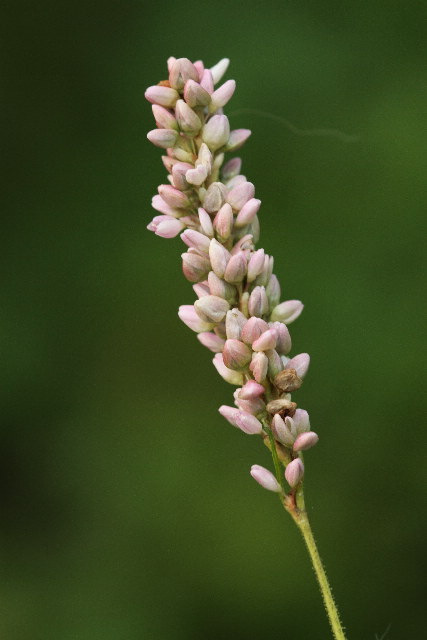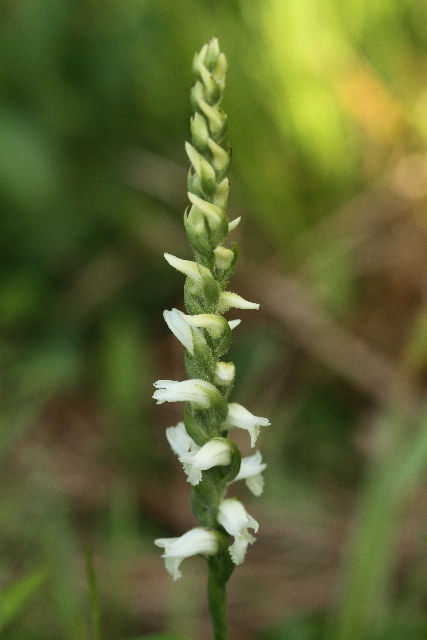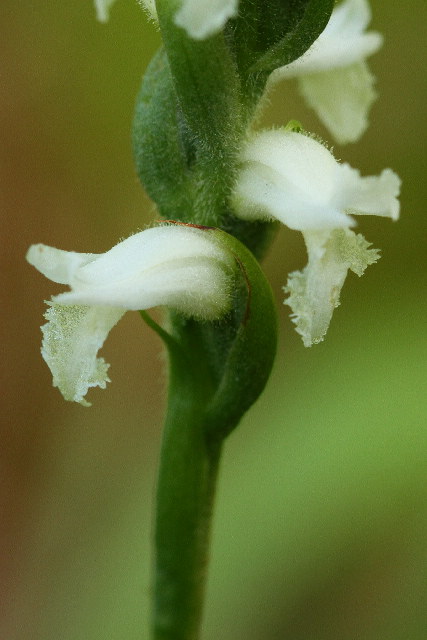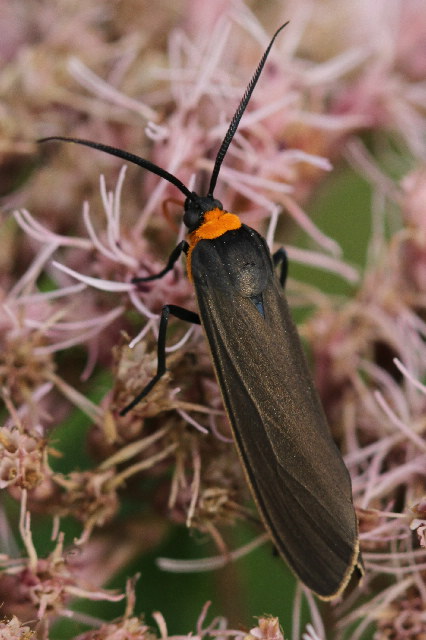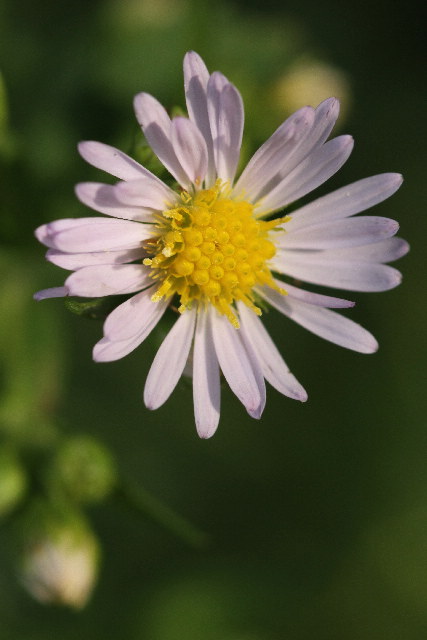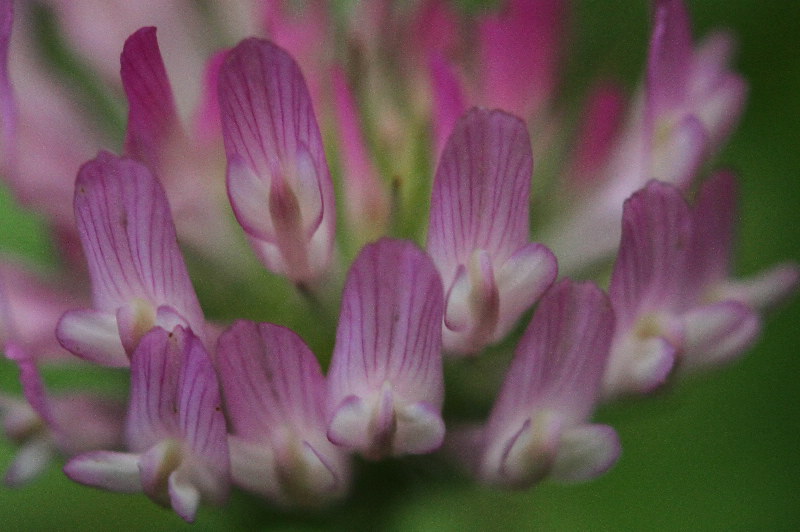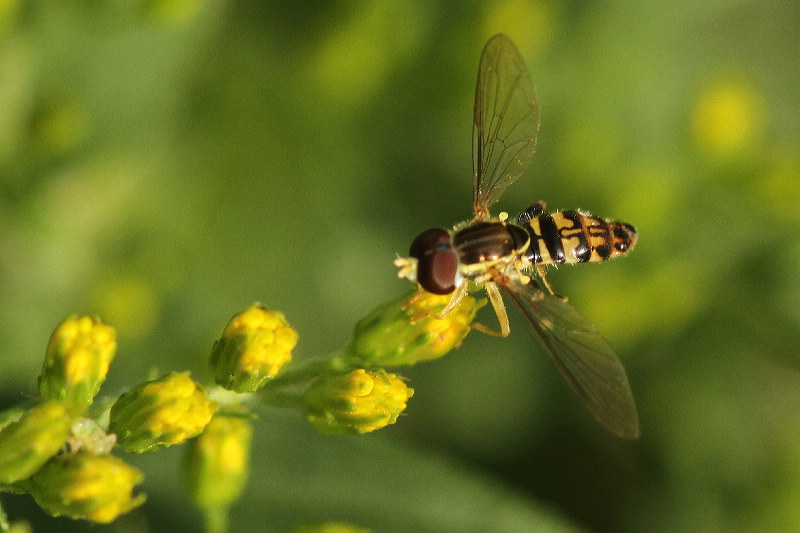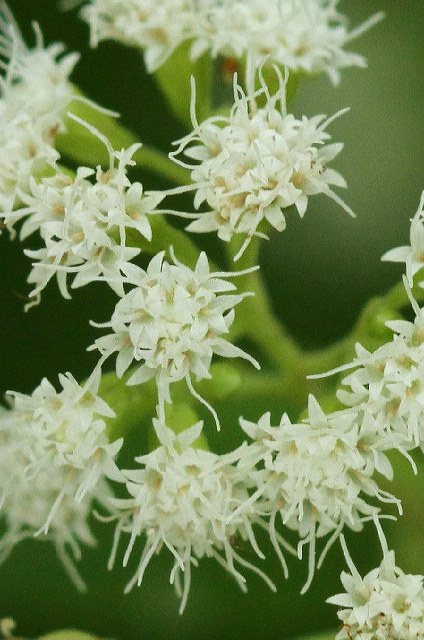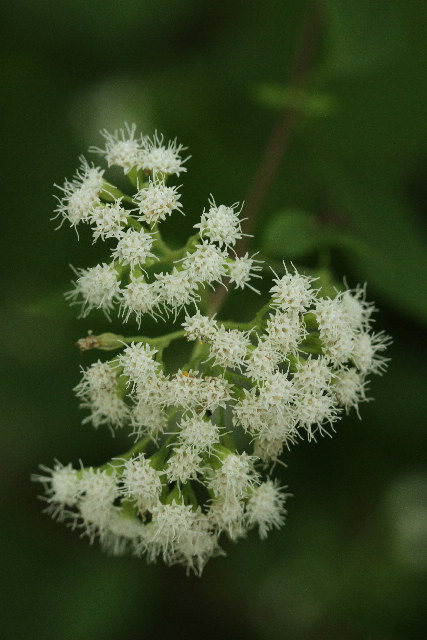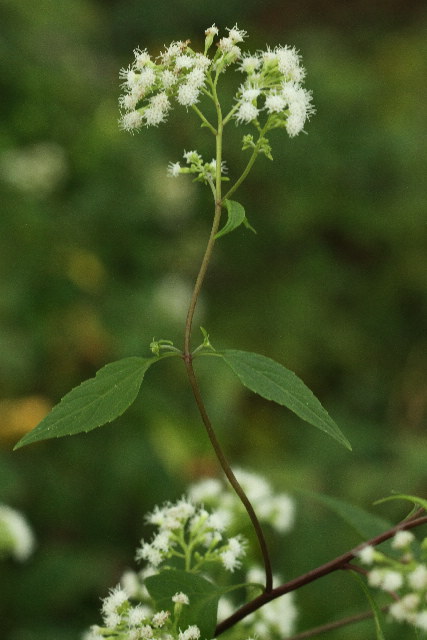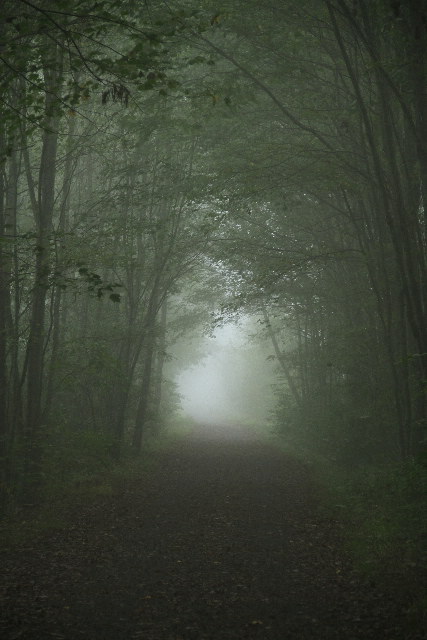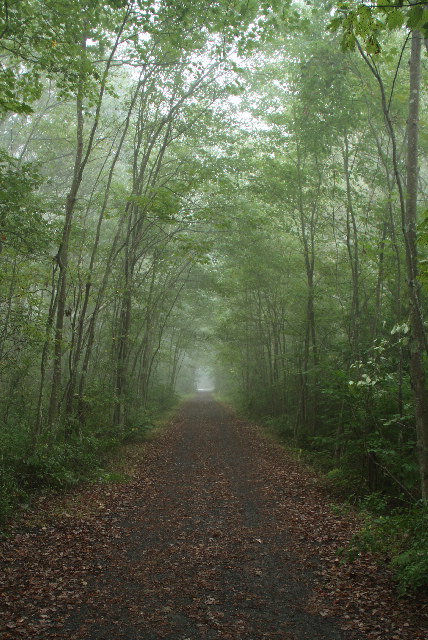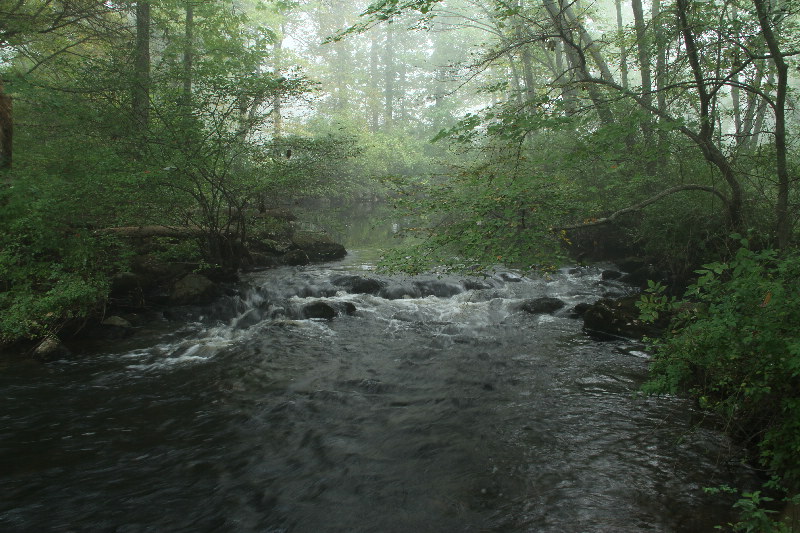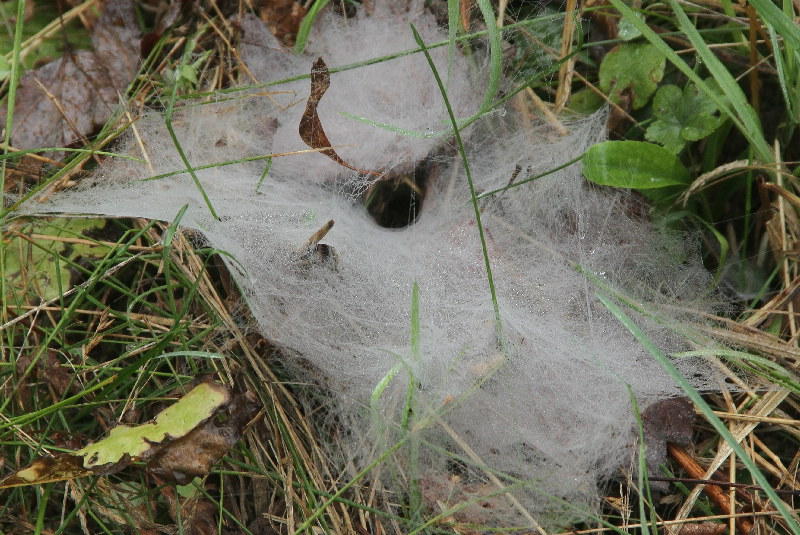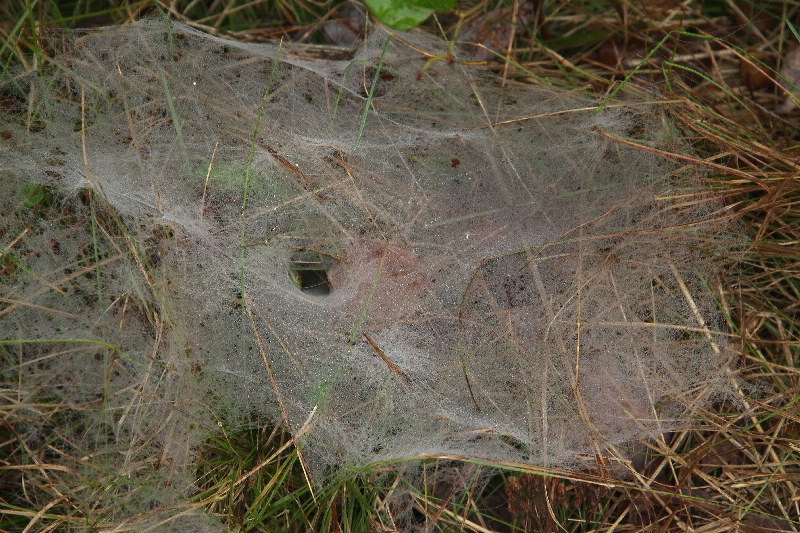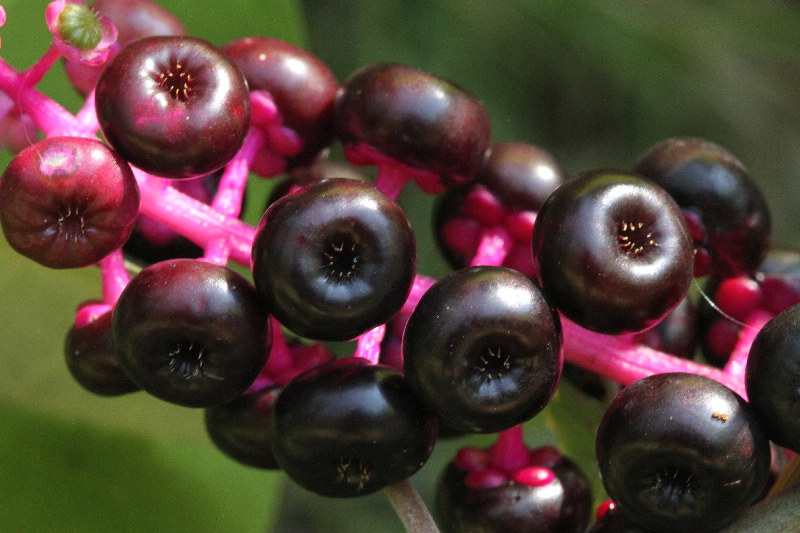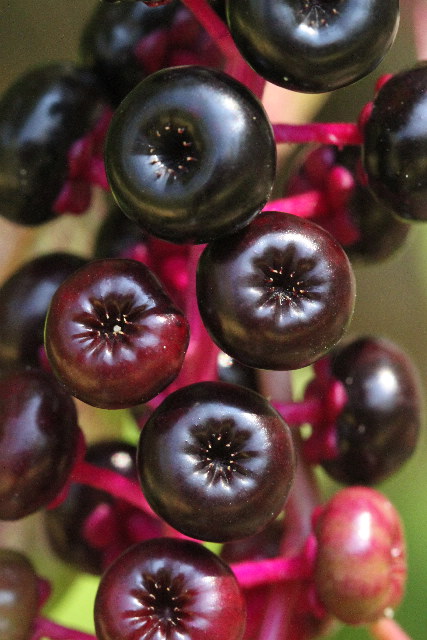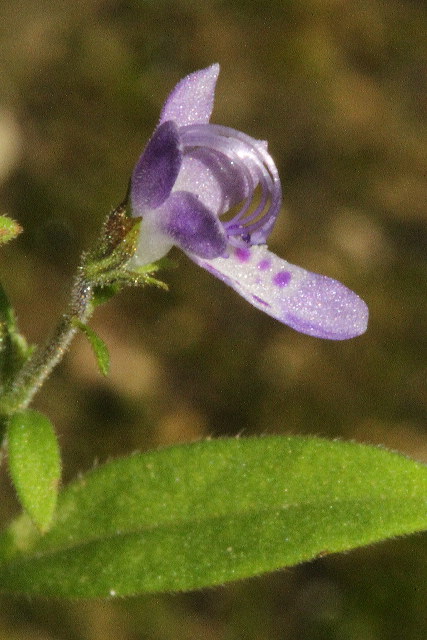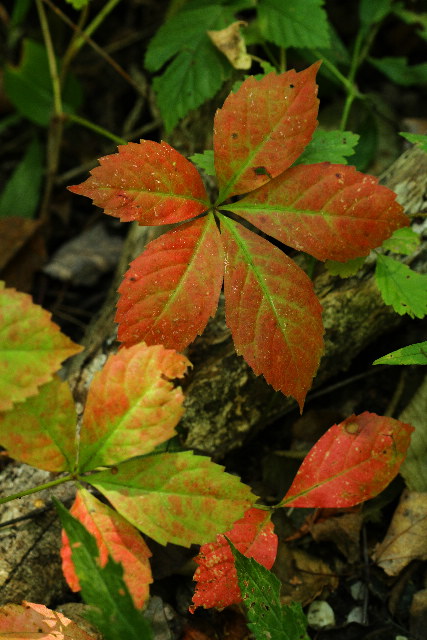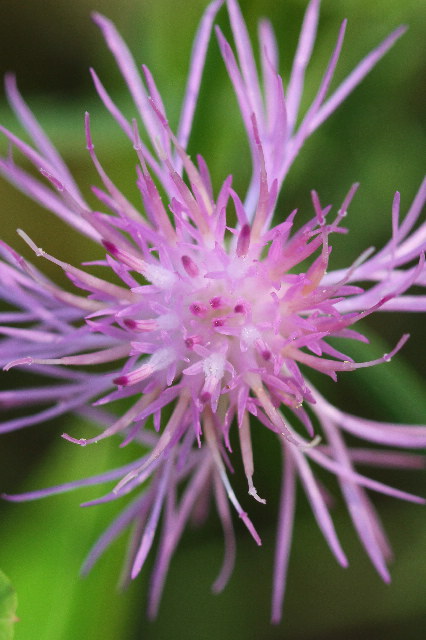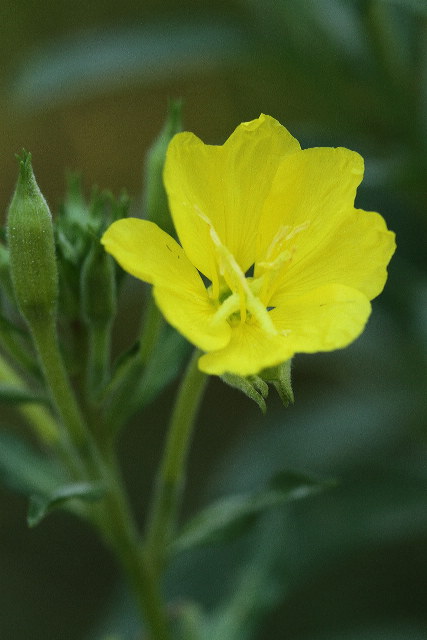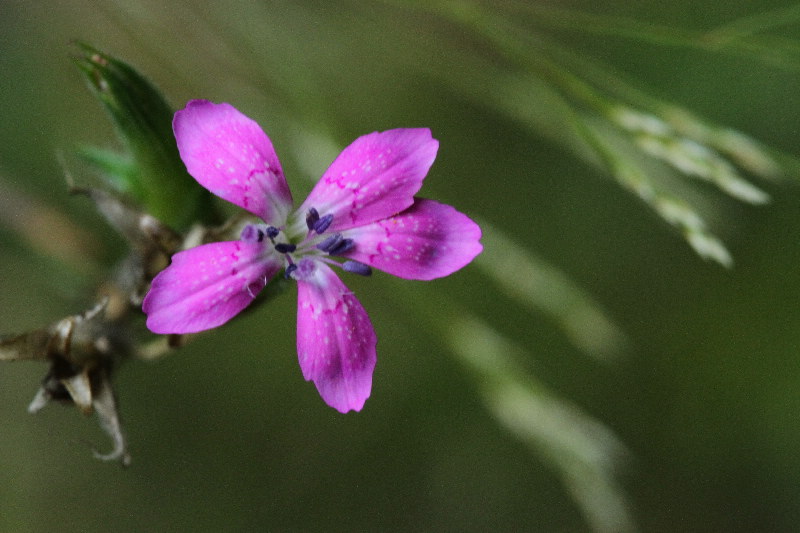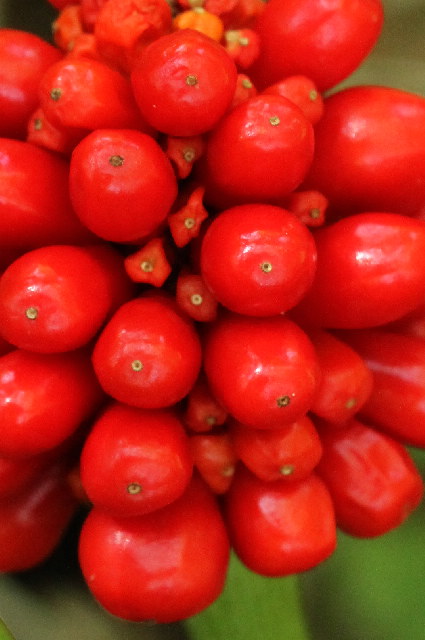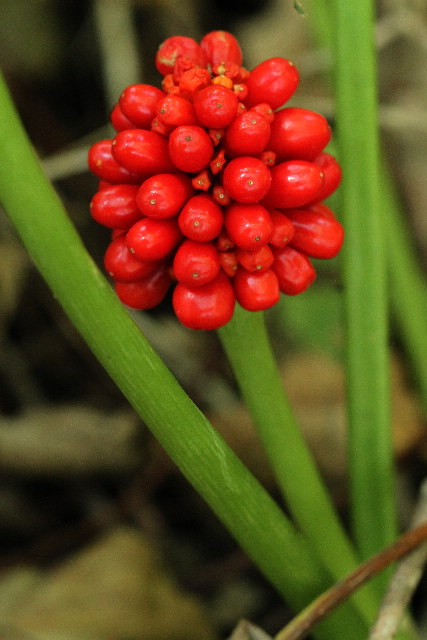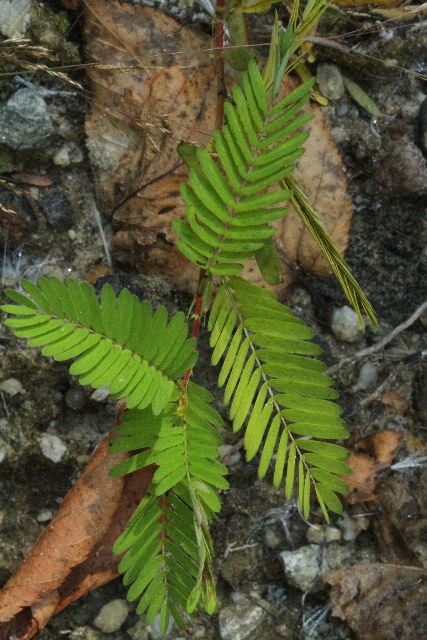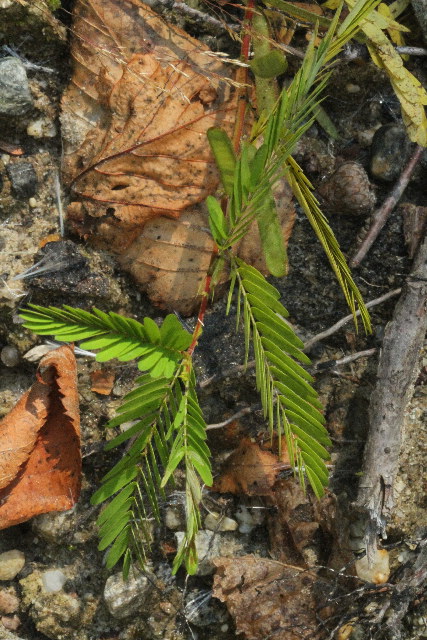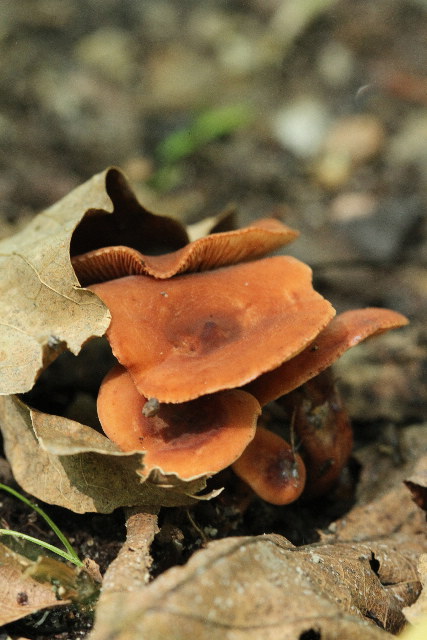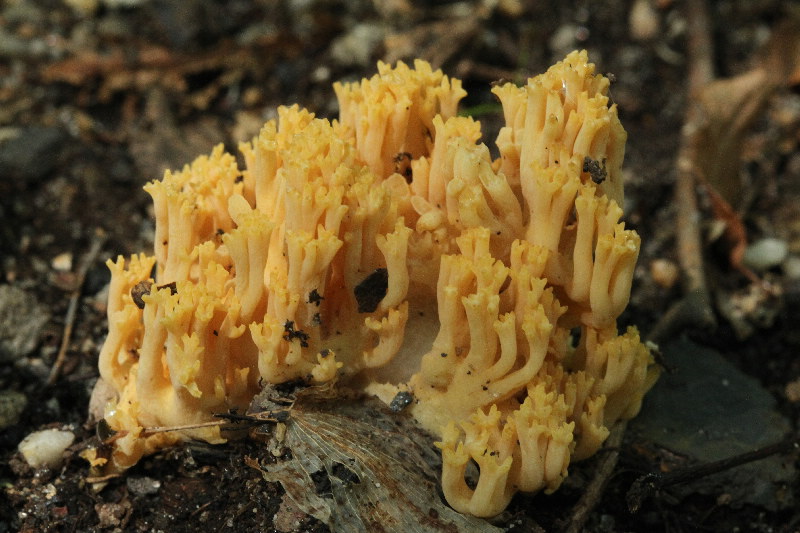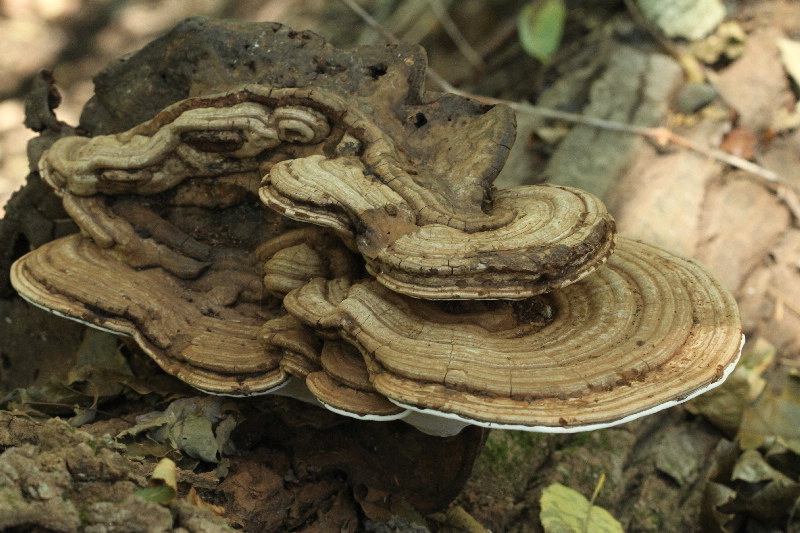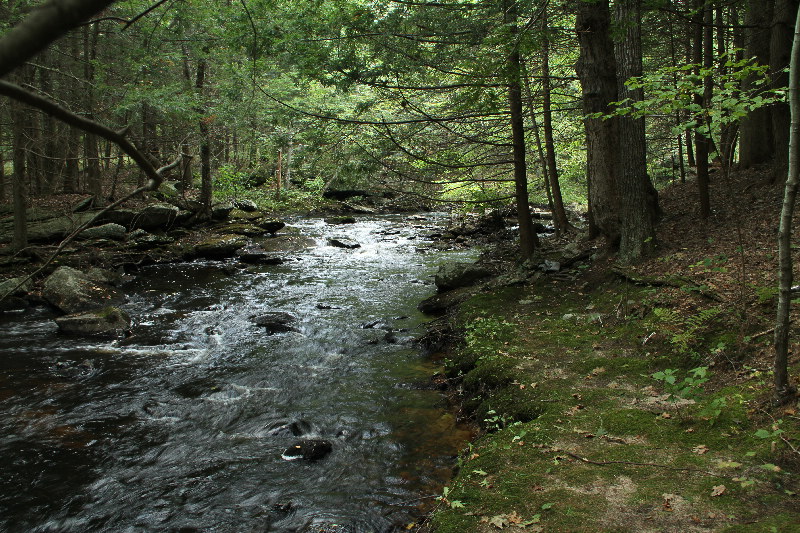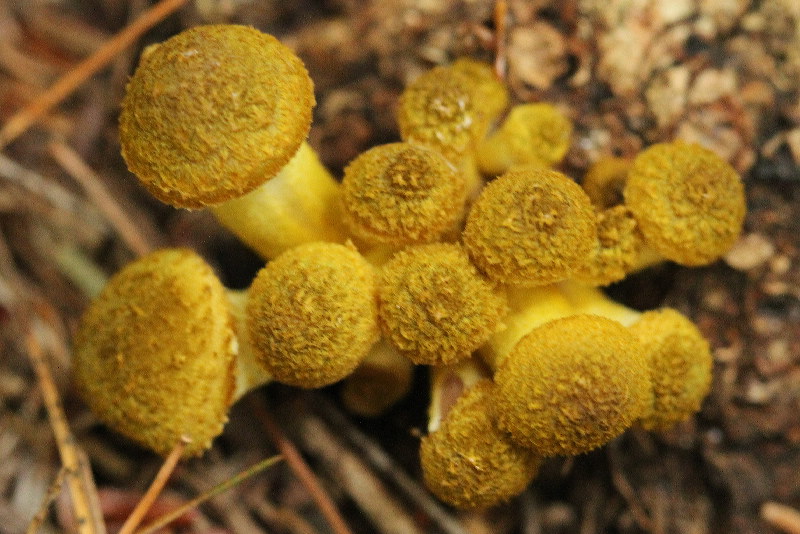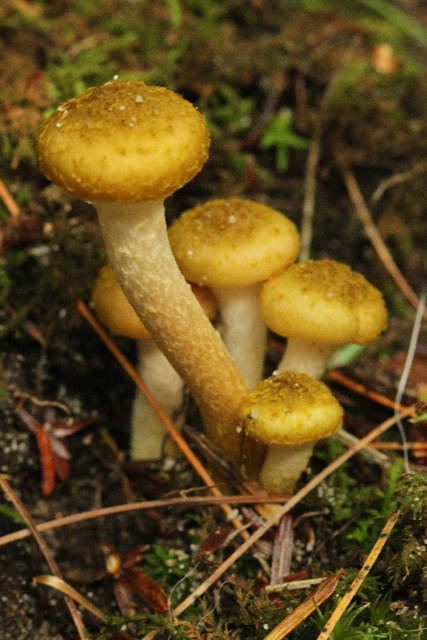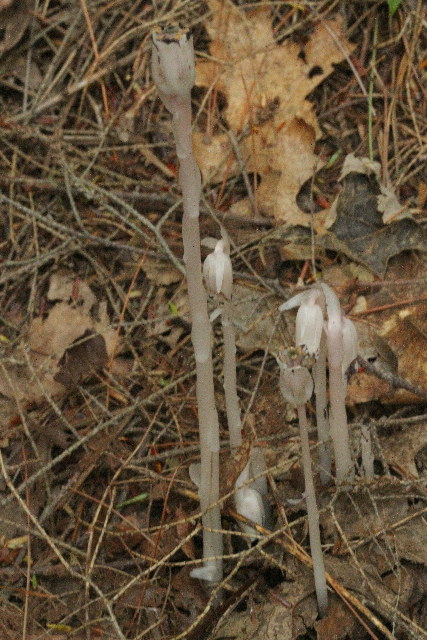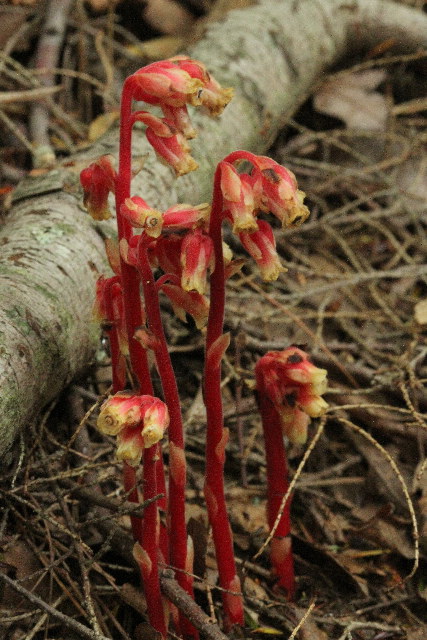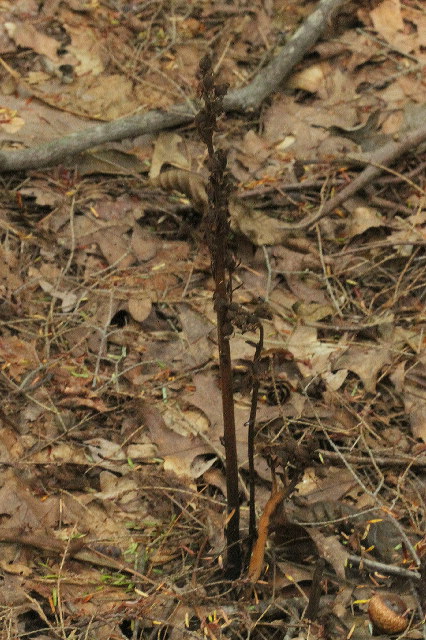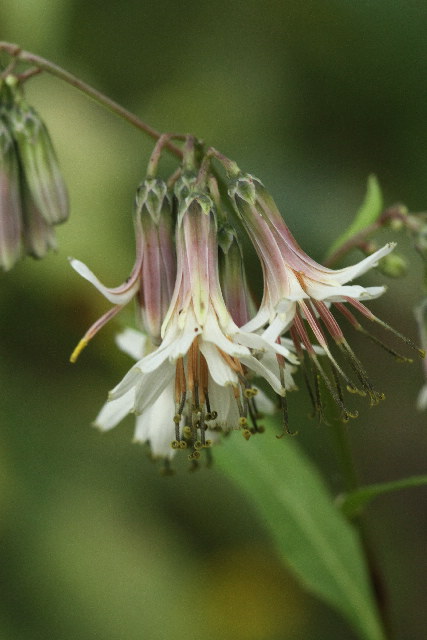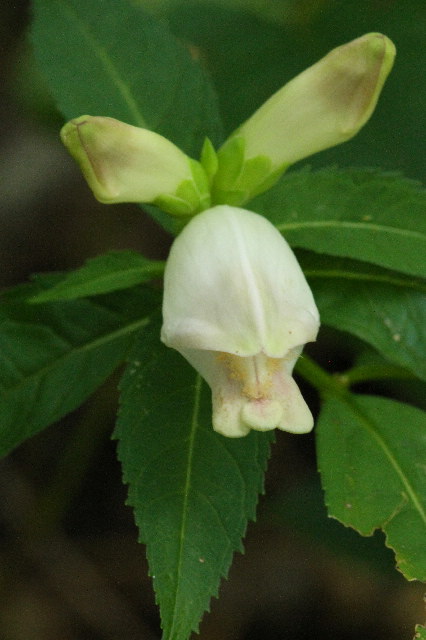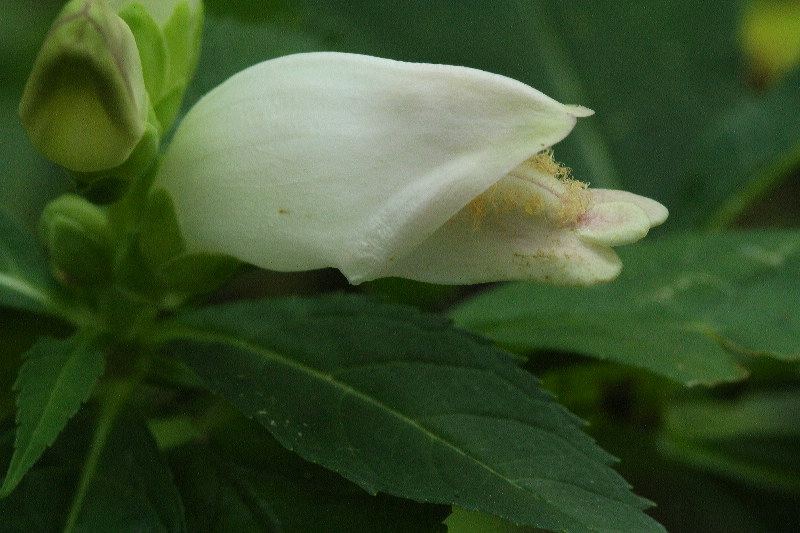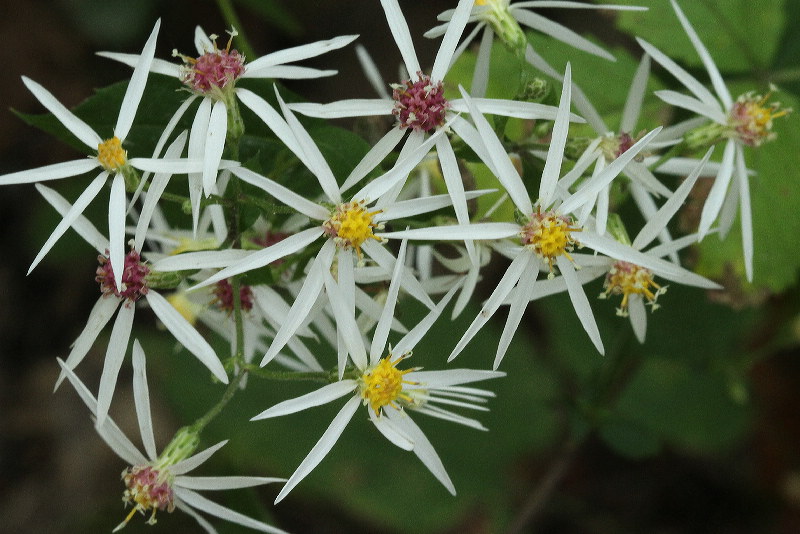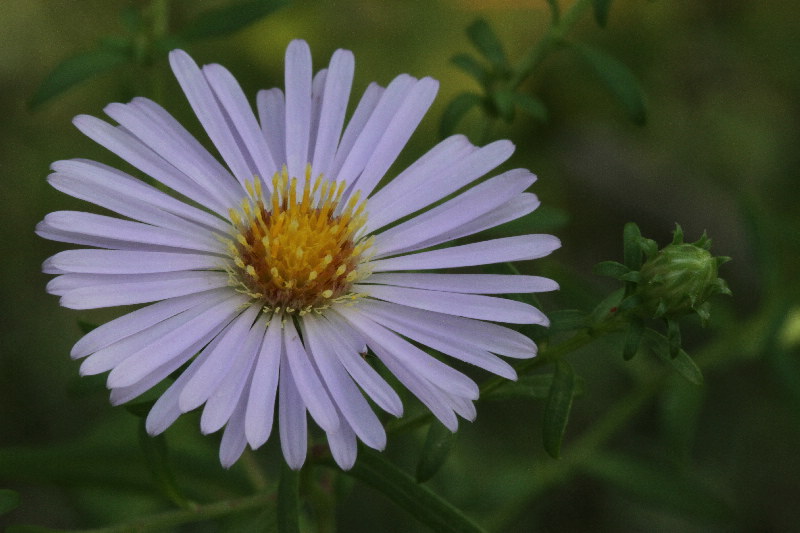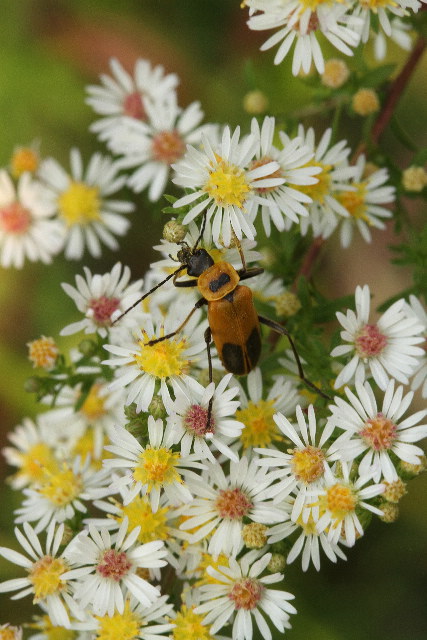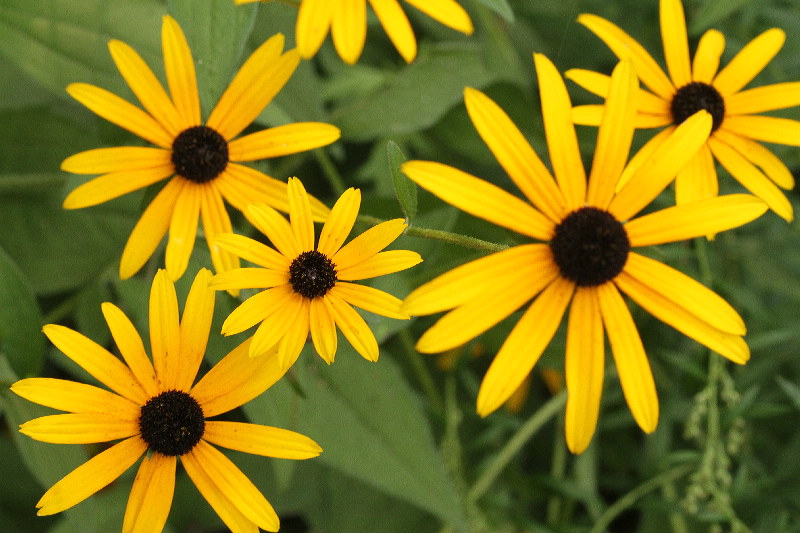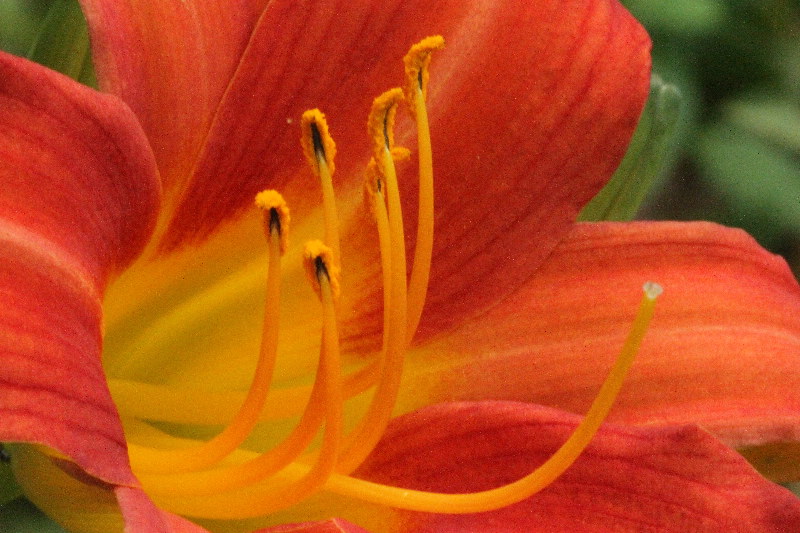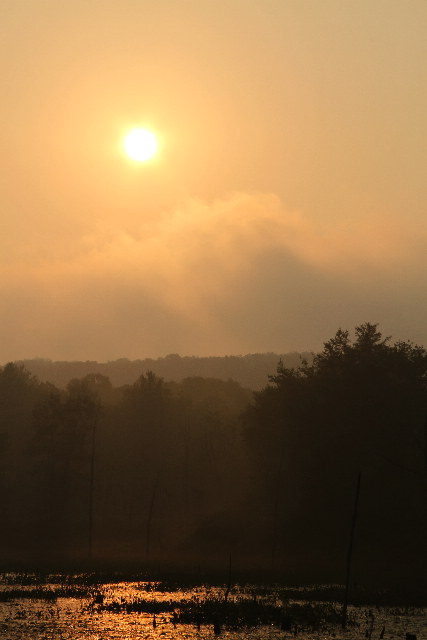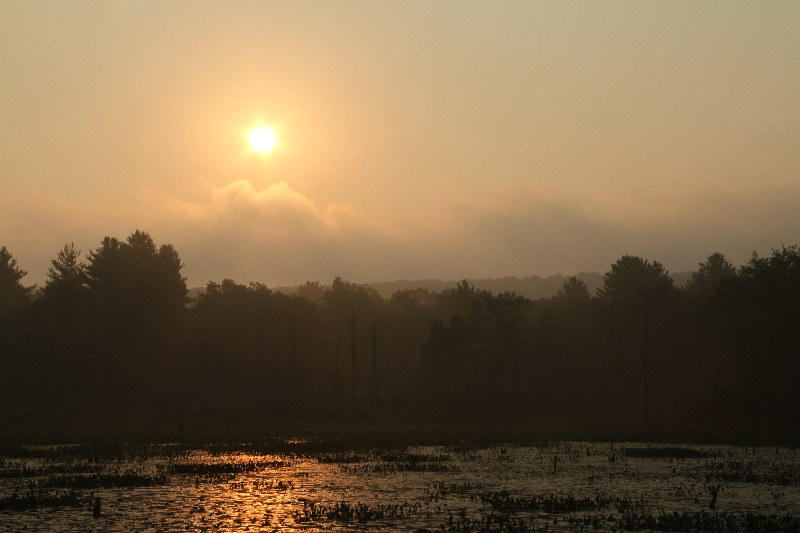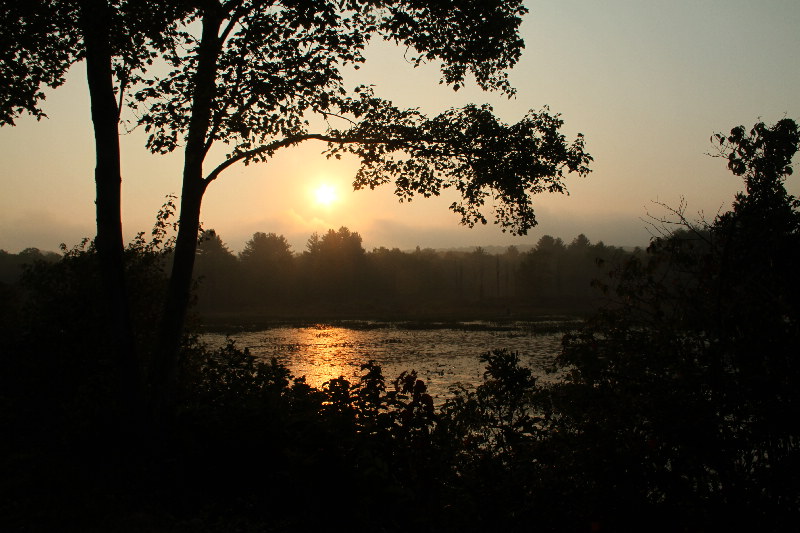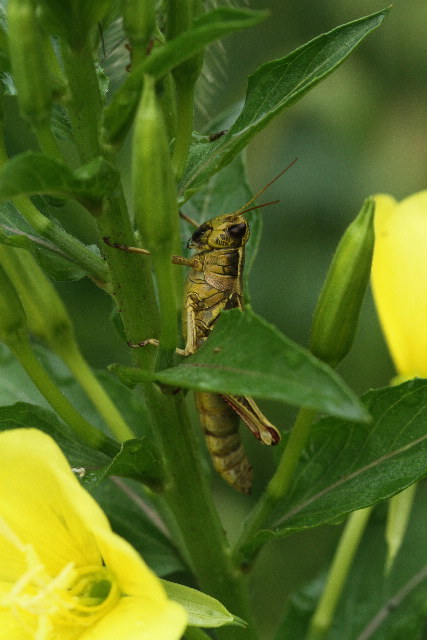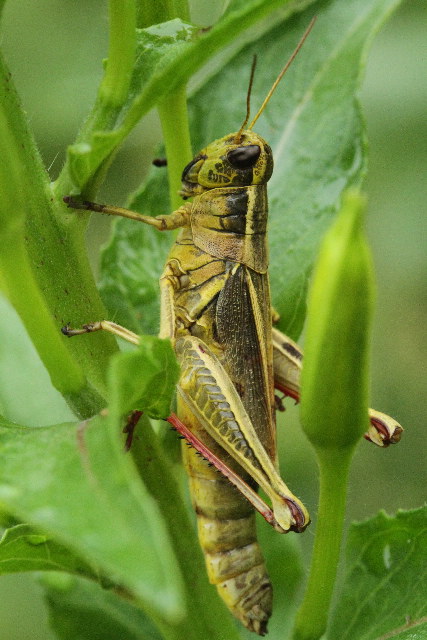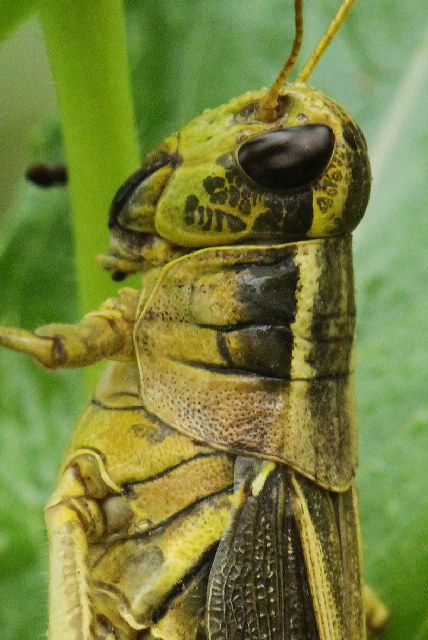Along the Air Line... 2011 - Summer, Part 11 The Air Line Trail in Eastern Connecticut - Stan Malcolm Photos |
mHome Page Stan's FlickR Albums |
September 11th. An afternoon visit to Cranberry Bog in East Hampton found ten mostly young Wood Ducks (Aix sponsa) paddling around in the Duck Weed (Lemna minor). |
|
I found at least three species of Polygonum in bloom. Common names are Smartweed and Knotweed. Many of the 40+ northeastern species are highly variable so I won't attempt identifications. |
Many are pink... |
...some are white... |
...or pink. |
|
I found Nodding Ladies' Tresses orchids (Spiranthes cernua) near the outlet. |
|
|
A day-flying Yellow-collared Scape Moth (Cisseps fulvicollis) on Joe-Pye Weed. |
Probably Bushy Aster (Symphyotrichum dumosum). |
Close up view of common Red Clover (Trifolium pratense). |
A Flower Fly (Family Syrphidae, probably Toxomerus geminatus the most common northeastern species) on Goldenrod. |
White Snakeroot (Eupatorium rugosum). |
|
|
September 13th. Dense fog along the trail. |
|
Raymond Brook as it exits the marsh near Old Colchester Road. |
Dew made visible the structure of many Funnel-web Spider webs. (Family Agelenidae, probably Agelenopsis sp.) |
The spider lurks in the funnel waiting to lunge out to capture prey. However, they retreat down the funnel at the approach of humans so are hard to photograph. |
A mid-day walk east of Route 87 in Lebanon. Berries on Pokeweed (Phytolacca americana). |
|
We're between seasons. Some summer flowers hanging on, barely, like this Bluecurls (Trichostema dichotomum). |
At the same time, some leaves have begun to turn, like those of Virginia Creeper (Parthenocissus quinquefolia). |
A couple of Knapweed (Centaurea sp.) blossoms were still around... |
...as was this Evening Primrose (Oenothere biennis)... |
...and this lone Deptford Pink (Dianthus armeria). |
What color! Berries of Jack-in-the-pulpit (Arisaema atrorubens). |
|
Partridge-pea (Cassia fasciculata) resembles Mimosa... |
...and shares its ability to close its leaflets when touched. Pity the yellow blossoms are long gone by. |
A good time of year for mushrooms. Thanks to Terry Stoleson of the Connecticut Valley Mycological Society for help with Mushroom identifications on this page. Lactarius sp., little brown Milkies are very common right now. |
A Coral Fungus (Family Clavariaceae, Ramaria sp.). |
A Bracket Fungus, growing from a downed tree. It looks to me like it first grew when the tree was erect, then changed orientation after the tree fell. Ganoderma applanatum, the Artist's Conk. I see interesting creatures in it including an old toad and a toothless gator. |
September 14th. I found a nice glade with rippling water on the stretch of trail between Old Colchester Road and Grayville Road. (Looks like a lot of teens have camped there, give the fire pits, bottles, and discarded gear. |
Some nifty little mushrooms under the conifers. Armillaria (Armillariella in older books) mellea, very young Honeys of which there are 3 or 4 species in the NE. It's a parasite of mixed hardwood forests. They can be found growing on the roots, trunk or top of stumps. |
Just a bit more mature Honeys. With a lens, one can recognize it by the stiff hairs on the surface of the cap but these fibers can disappear with rain in older specimens They're called stumpies or nailheads by some. |
Indian Pipes (Monotropa uniflora), a parasitic plant that lacks chlorophyll. |
A first for the trail! These are another plant in the same genus as Indian Pipes. Pinesap (Monotropa hypopythes) isdistinguished by the red and yellow color and by having multiple flowers on each stalk. |
The dried and withered seed stalk of Pinesap was nearby. |
Rattlesnake-root or White Lettuce (Prenanthes alba). |
Pretty flowers up close, on a generally inconspicuous plant. |
Turtlehead (Chelone glabra). |
|
White Wood Aster (Eurybia divaricata). |
New York Aster (Symphyotrichum novi-belgii) in Raymond Brook Marsh. |
A Soldier Beetle (Family Cantharidae) on Asters near the Ry 85 trailhead. (Possibly Heath Aster (Symphyotrichum ericoides). |
Ornamental Black-eyed Susans (Rudbeckia hirta) at the trailhead. |
A Day Lily (Hemerocallis fulva) at the trailhead. |
September 15th. Another humid, hazy sunrise. |
|
|
A female Two-lined Grasshopper (Melanoplus bivittatus) on Evening Primrose. |
The lines start on the sides of the head and continue across the pronotal shield onto the wings. |
|
